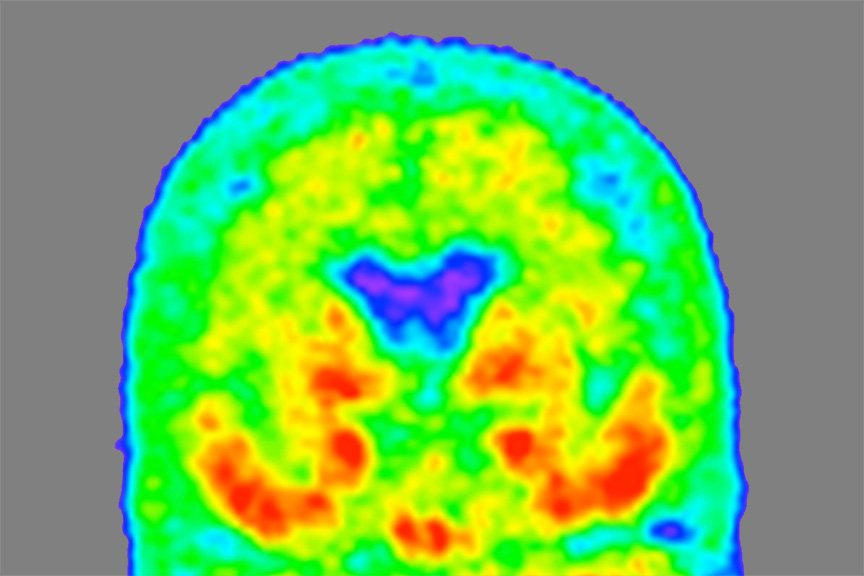CBD(corticobasal degeneration) are considered tauopathies, as one among the dozen brain diseases as they share one critical condition: toxic tau aggregates. Individual tauopathies exhibit different patterns of damage to brain cells and tissues which may involve the subtypes of tau. The collections of symptoms often overlap, making it difficult for doctors to distinguish one from another which complicates its study and finding treatments.
Chihiro Sato, PhD, senior co-author of this study, said that earlier the only way to find out which primary tauopathy a person had was to wait until he dies and later examine their brain under a microscope. This biomarker is thought to be converted into a tool to screen potential volunteers for its research studies and clinical trials and, eventually, for CBD-specific treatments.

A patient might come with problems that sound similar for Alzheimer’s as well as CBD like stiffness, balance problems, slurred speech and memory issues. This biomarker can independently identify people with CBD, later enrolling them for clinical trials as well as for initiating therapies.
Kanta Horie, PhD, first author on the current paper, developed a technique to detect specific fragments of tau in the cerebrospinal fluid(CSF) surrounding the brain and spinal cord. They tried to identify a novel form of tau in Alzheimer’s patients, and showed that its level in the CSF indicates the stage, and tracks with the amount of tau tangles in the brain.
Horie, Sato and colleagues used the technique to find out which forms of tau are linked to primary tauopathies. They examined the brain tissues and CSF from people who had died with dementia and movement disorders, and autopsy. For comparison, they also took samples from people not suffering with dementia. The study was published on 24 November in the journal Nature Medicine.

Forms of tau detected for CBD-specific treatments
Microtubule binding region (MTBR)-tau 275 and MTBR-tau 282, are the two forms of tau that were high in the brains and low in the CSF of patients with CBD and FTLD-MAPT. Further investigation showed that these forms of tau distinguish people with CBD from those with other primary tauopathies with 84% to 89% accuracy, depending on the disease.
Several experimental drugs targeting tau are being prepared. Most of them were designed keeping Alzheimer’s patients in mind, but they may be effective as therapies for primary tauopathies too. Horie’s technique is used to find biomarkers for other primary tauopathies.
Boxer adds that CBD patients and families are desperately waiting for effective therapies, as until now there were no specific biomarkers to accurately diagnose the symptoms. This new biomarker opens the door to testing many new tau-directed therapies for CBD, allowing them to directly measure the ability of these treatments to lower toxic tau protein levels in patients’ brains.













